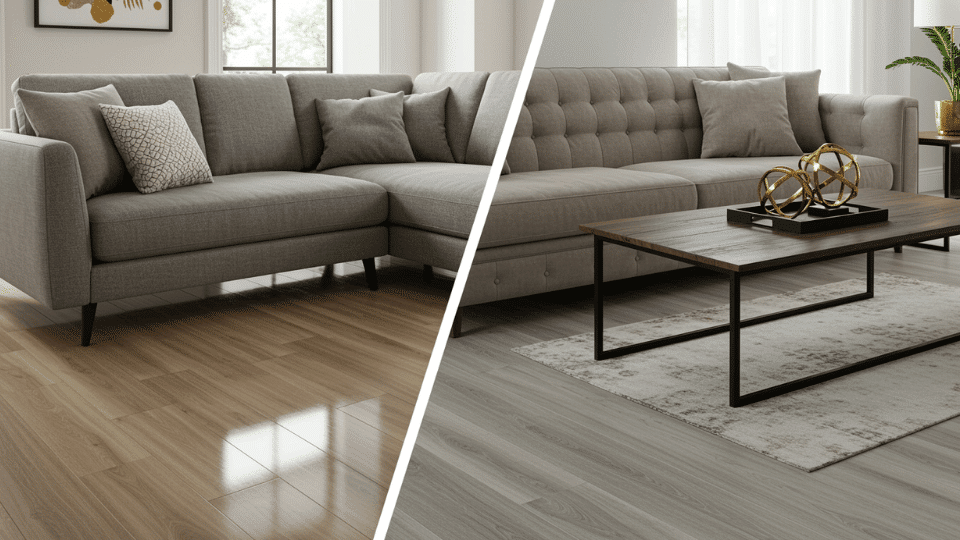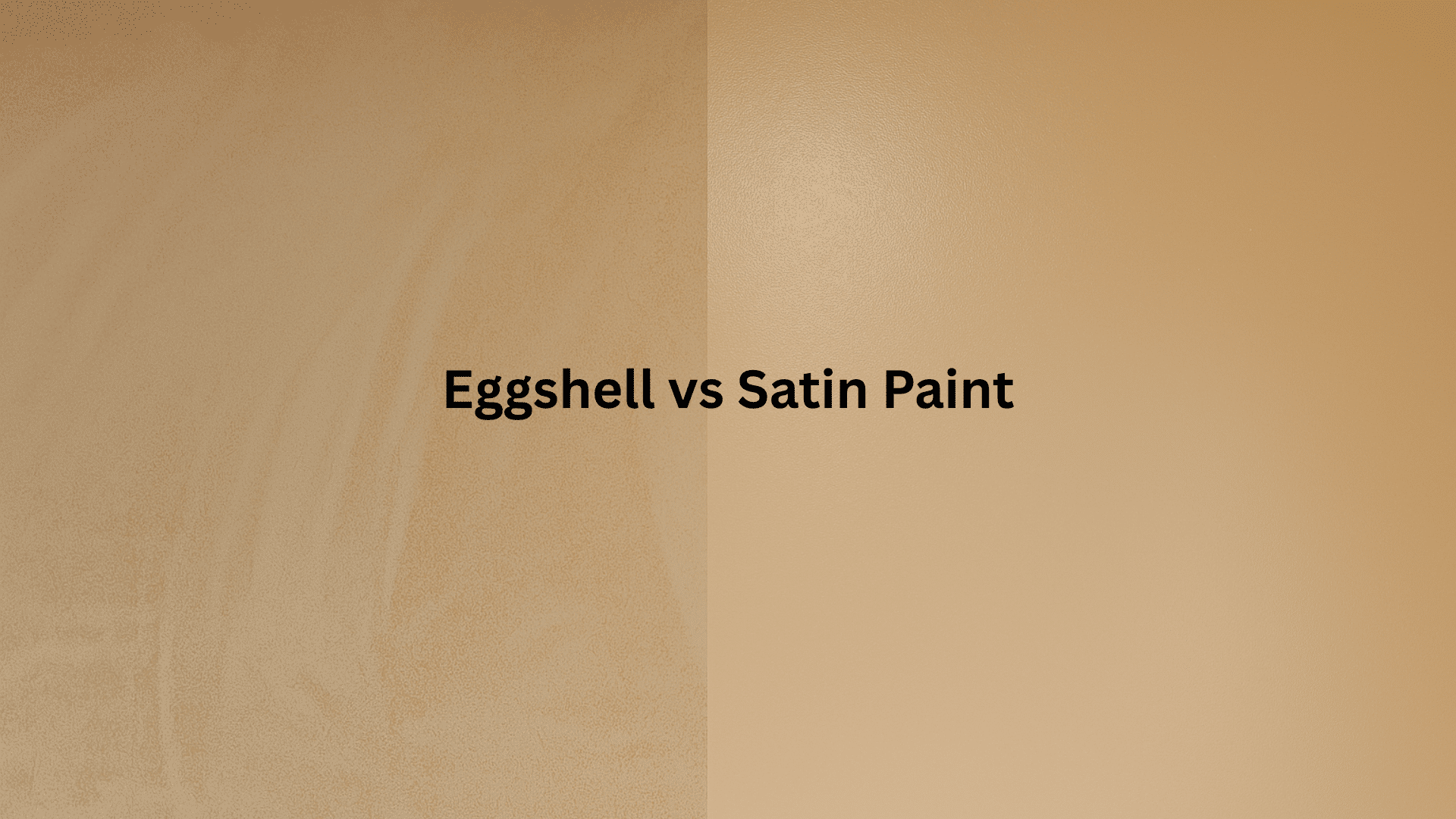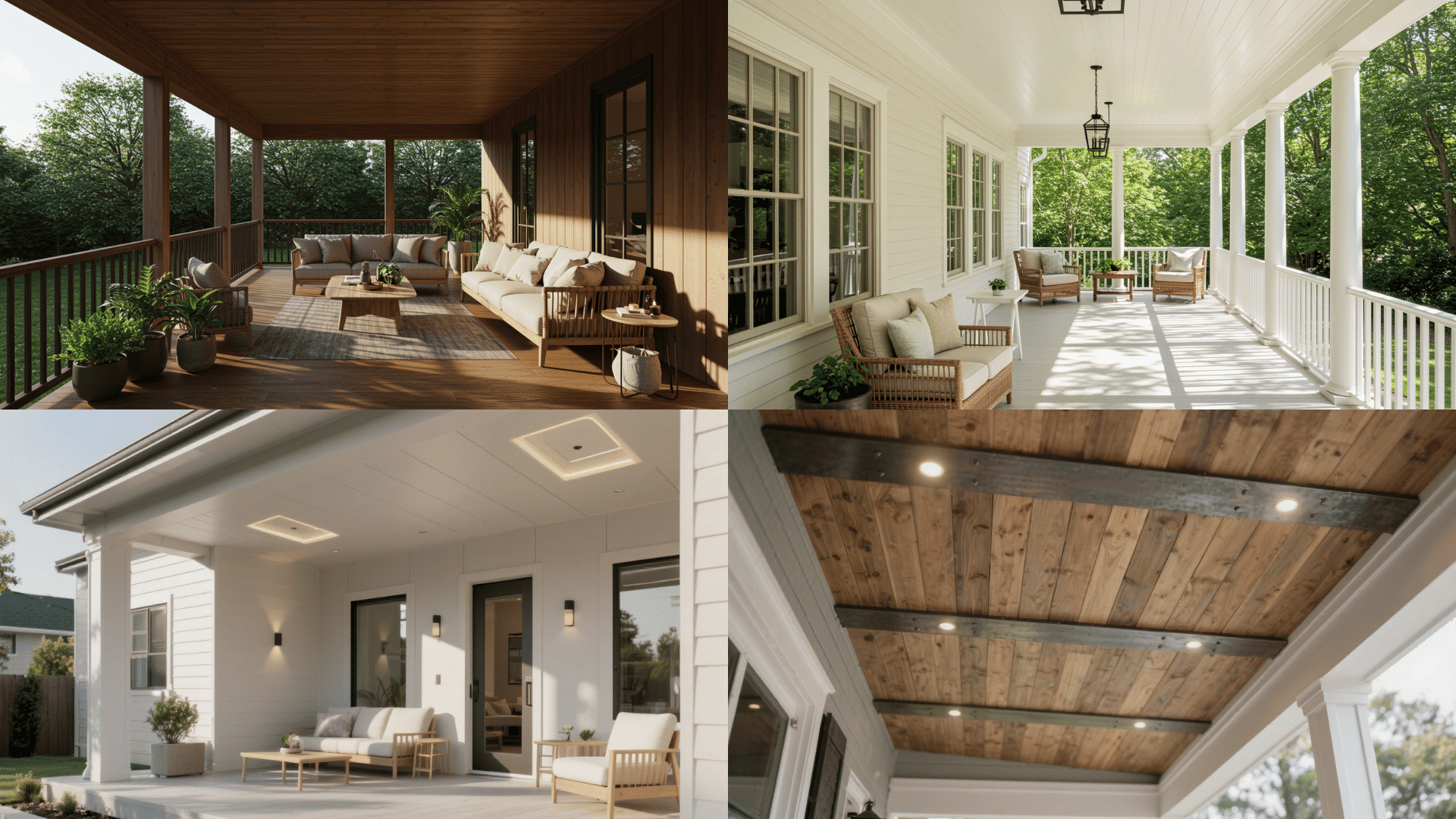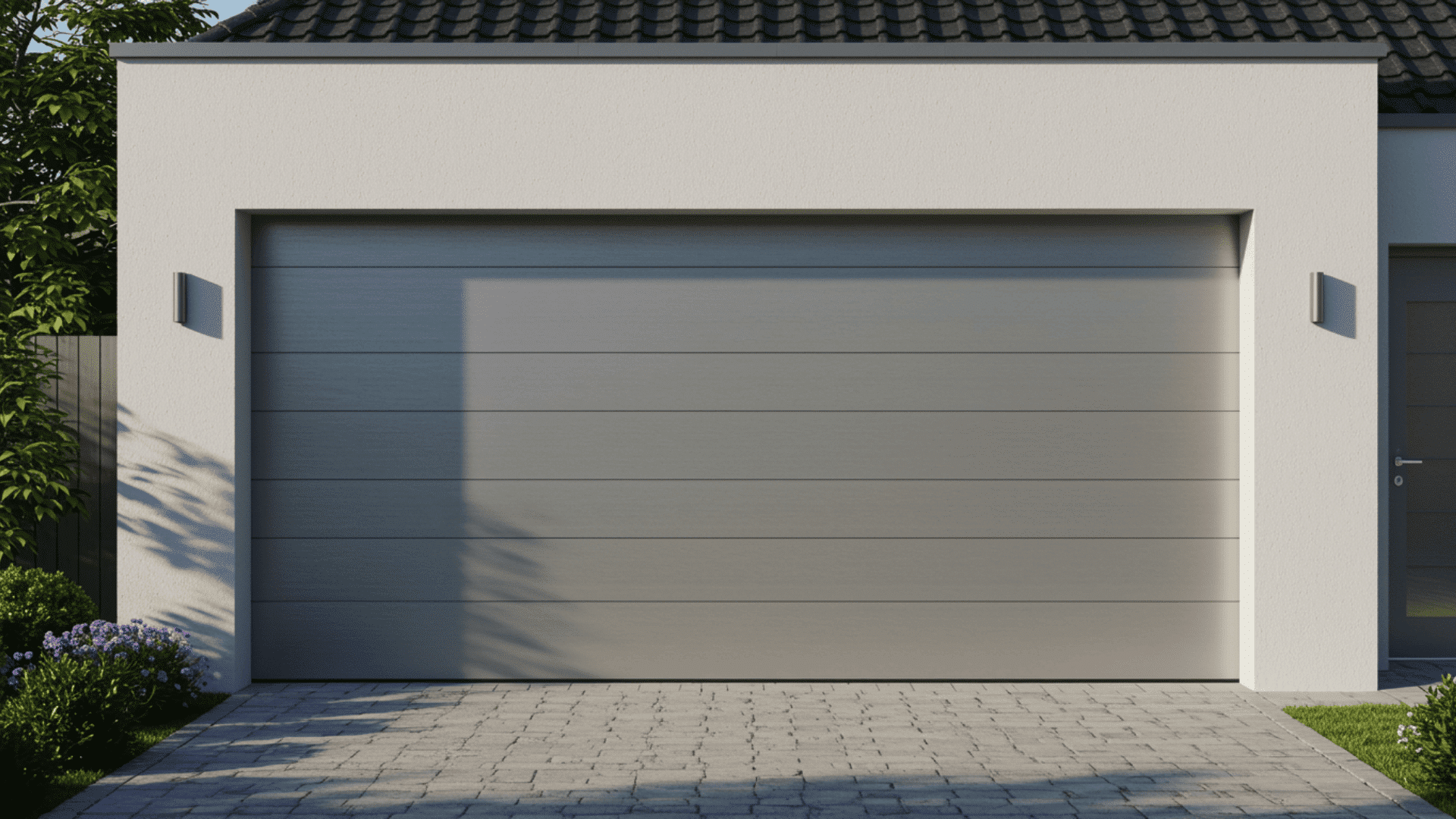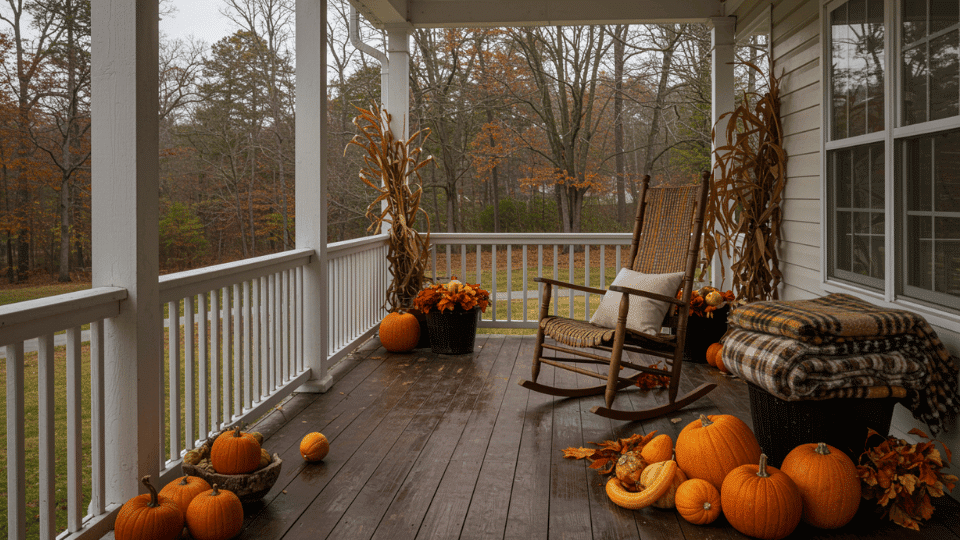Which flooring wins: LVP or laminate? Both look stunning, but one hides a fatal flaw. I’ve witnessed countless homeowners wrestle with this decision, torn between these seemingly similar options.
They’re more different than you might think: one masters moisture, the other fears it, and only one walks in silence.
The distinctions are deeper than they appear. Before covering your floors for years, I would like you to understand what lies beneath; this could save you costly regrets.
Understanding the Basics of LVP and Laminate Flooring
When comparing LVP vs laminate, understanding their core differences matters. Luxury vinyl plank consists of multiple vinyl layers with a photographic design and protective wear layer, creating a flexible, water-resistant surface.
This makes LVP ideal for moisture-prone spaces like kitchens and bathrooms, typically priced between $2- $7 per square foot.
Laminate flooring, on the other hand, features a dense fiberboard core topped with a photographic layer and protective coating, resulting in a harder, more rigid feel.
Both options convincingly mimic natural materials, but their construction fundamentally differs in how they handle moisture and daily wear in the LVP vs laminate flooring debate.
What to Expect from Luxury Vinyl Plank (LVP) Flooring?
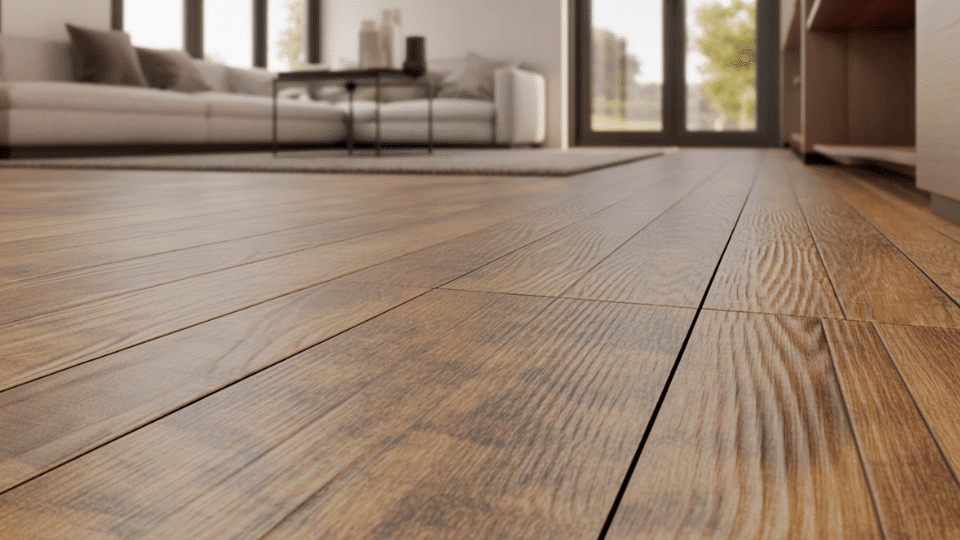
Understanding what luxury vinyl plank delivers, its realistic appearance, daily maintenance, and more, helps set proper expectations before installation.
1. Appearance and Realism
LVP’s high-definition printing technology captures intricate wood grain patterns and stone textures with remarkable accuracy.
The LVP appeal comparison highlights vinyl’s embossed surfaces matching printed designs, creating tactile depth. Multiple finishes, from hand-scraped matte to glossy, offer versatile options.
- Embossed-in-register technology synchronizes texture with printed grain for wood replication
- A wide variety of finishes allows matching any décor, from rustic farmhouse to contemporary minimalist
2. Water Resistance and Durability
The debate often centers on moisture handling. Its wear layer resists scratches from pets and furniture while maintaining appearance through years of traffic.
Luxury vinyl plank’s 100% waterproof construction means standing water won’t cause swelling or warping, making it ideal for kitchens, bathrooms, and basements.
- Performs exceptionally in moisture-prone areas where laminate would fail
- Commercial-grade wear layers provide long-term scratch and dent resistance
3. Comfort, Noise, and Maintenance
LVP offers a softer, more cushioned feel compared to rigid flooring options. When discussing comfort, the vinyl’s flexibility reduces foot fatigue during extended standing.
Quality underlayment increases sound absorption, while simple sweeping and occasional damp mopping keep surfaces looking fresh.
- Provides natural cushioning that feels gentler on feet and joints
- Requires minimal maintenance, just regular sweeping and periodic damp cleaning
4. Environmental and Air Quality Factors
Vinyl raises concerns in sustainability. Reputable makers offer low-VOC, certified products to enhance air quality. However, vinyl relies on petroleum and has limited recycling options.
- Look for FloorScore or GreenGuard Gold certifications, ensuring low chemical emissions
- Limited recyclability and petroleum-based composition raise environmental considerations
With these factors in mind, LVP emerges as a moisture-defying, low-maintenance champion, but the laminate side of this story reveals its own compelling advantages.
What to Expect from Laminate Flooring?
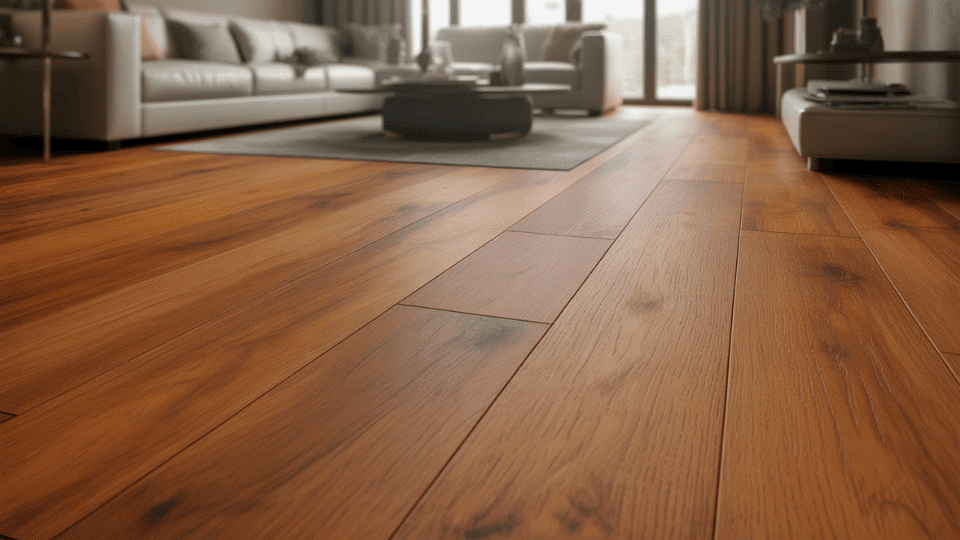
Understanding how laminate flooring performs in appearance, durability, and daily use helps determine if it meets your specific needs.
1. Appearance and Realism
Laminate’s high-resolution photographic layers capture wood’s natural beauty with impressive detail. Design variety spans from classic oak to exotic species, with finishes ranging from smooth to hand-scraped.
Laminate offers slightly different texture options, typically with less pronounced embossing than vinyl, but still convincing visual depth.
- Photographic technology creates convincing wood visuals at accessible price points
- Texture depth differs from LVP, offering a flatter but still realistic surface feel
2. Water Resistance and Durability
There is a key difference: laminate resists water but isn’t waterproof.
Spills need quick cleanup to prevent core swelling, making it better suited for bedrooms and living areas than bathrooms. However, the laminate’s hard surface excels under heavy furniture and withstands scratches remarkably well.
- Water-resistant coating protects against spills when cleaned promptly, preventing core damage
- Superior scratch resistance and dent protection under furniture and high foot traffic
3. Comfort, Noise, and Maintenance
Laminate provides a firmer, more solid feel compared to flexible vinyl. When comparing laminate vs lvp comfort, this rigidity mimics hardwood’s walk.
Without quality underlayment, laminate can sound hollow, but proper padding significantly reduces noise. Regular sweeping and occasional damp mopping maintain its appearance for years.
- A firmer surface creates a hardwood-like feel, but may cause more foot fatigue
- Quality underlayment is essential for reducing hollow sounds and improving acoustics
4. Environmental and Air Quality Factors
Its fiberboard core uses recycled wood byproducts, reducing waste. Many manufacturers offer low-VOC or eco-certified options, such as FloorScore or CARB2 compliance. Laminate is also more recyclable than petroleum-based vinyl.
- Wood byproduct core utilizes recycled materials, supporting sustainable forestry practices
- Better recyclability and availability of certified low-VOC options for healthier indoor air
Laminate delivers hardwood aesthetics and eco-friendliness at a lower cost, but its Achilles’ heel is moisture, making room selection critical.
LVP vs Laminate Flooring: A Comparison
After learning individual strengths, viewing the laminate vs lvp differences side-by-side clarifies which option aligns with your priorities.
| FEATURE | LVP | LAMINATE |
|---|---|---|
| Core Material | Multi-layer vinyl construction | Dense fiberboard from wood byproducts |
| Moisture Tolerance | 100% waterproof | Water-resistant, not waterproof |
| Best Locations | Kitchens, bathrooms, basements | Bedrooms, living rooms, dining areas |
| Underfoot Feel | Softer, cushioned, flexible | Firmer, rigid, hardwood-like |
| Sound Profile | Naturally quieter | Requires underlayment for noise reduction |
| Scratch Resistance | Good with quality wear layer | Excellent, highly scratch-resistant |
| Typical Price Range | $2–$7 per sq ft | $1–$5 per sq ft |
| Environmental Impact | Petroleum-based, limited recycling | Wood-based, more recyclable |
| Ideal For | Moisture-prone areas, pets, spill-heavy zones | Budget-conscious, dry spaces, original hardwood feel |
Cost Comparison and Value for Money
The LVP vs laminate decision extends beyond sticker price to include installation, maintenance, and long-term durability.
While laminate offers lower upfront costs ($1–$5 per square foot versus LVP’s $2–$7), the true value depends on where you install it and how you live.
Installation runs similarly for both around $1–$3 per square foot professionally, or DIY-friendly for cost savings. The value equation shifts when considering replacement costs, maintenance expenses, and lifespan performance in your specific space.
- LVP: Higher initial investment pays off in moisture-prone areas by eliminating water damage replacement costs; better ROI for pet owners and spill-heavy households.
- Laminate: Lower upfront cost delivers excellent value in dry spaces; superior scratch resistance extends lifespan in high-traffic areas without moisture exposure.
Community Forums and Discussions
Here are some personal discussions distilled from user posts on Quora and Reddit communities
1. What is the core difference between vinyl and laminate flooring?
Vinyl uses a plastic core with a printed design and protective layers. Laminate uses wood fiberboard with a printed layer and a hard-wear coat.
Vinyl is typically waterproof. Laminate is usually water-resistant, but it can swell if moisture reaches the core.
2. Is laminate the same as vinyl flooring?
No. Laminate has a fiberboard core that can swell when wet. Vinyl is a plastic-based material that does not swell, so it is effectively waterproof.
Both use printed visuals with protective layers, but behave differently when exposed the moisture.
3. Which suits homes with pets or frequent spills, LVP or laminate?
Most forum users favor LVP. It handles moisture better, individual planks are easier to replace, and many find it less slippery for dogs. Laminate is more prone to swelling and clicky nail noise.
4. How do sheet vinyl, LVP, and laminate install differently?
Sheet vinyl is cut from a roll and glued down. LVP can be glued down or click together. Laminate typically clicks together as a floating floor, needs underlayment, and requires expansion gaps at fixed edges.
5. Can laminate be installed over existing vinyl flooring?
Yes, if the vinyl is flat, secure, and in good condition. Use appropriate underlayment and maintain expansion gaps. Very thick or commercial-grade welded vinyl may be unsuitable and require removal.
6. What does 20 mil on LVP packaging refer to?
It denotes the wear layer thickness, not the total plank thickness. Around 20 mil is commonly cited as the threshold for heavy residential or light commercial durability.
7. Which offers better long-term value or look, vinyl or laminate?
Views are mixed. Many say LVP wins for moisture durability and practical lifespan. Others prefer the feel or look of quality laminate or real wood. Choose based on room moisture risk, budget, scratch concerns, and appeal.
Final Thoughts
The LVP vs laminate decision comes down to your space’s specific needs: one handles moisture effortlessly while the other requires caution, and each offers distinct comfort and sound profiles.
I’ve laid out the evidence, revealed the pros and cons. The decision now rests in your hands, shaped by your lifestyle, your rooms, and the secrets your home keeps.
Your home’s hidden challenges will dictate the winner; choose wrong, and you’ll find it too late.

